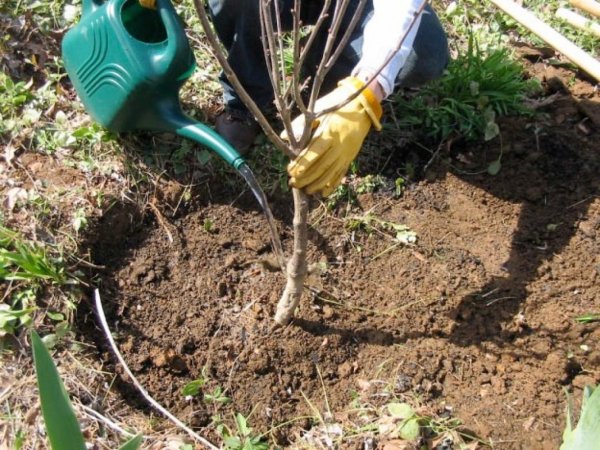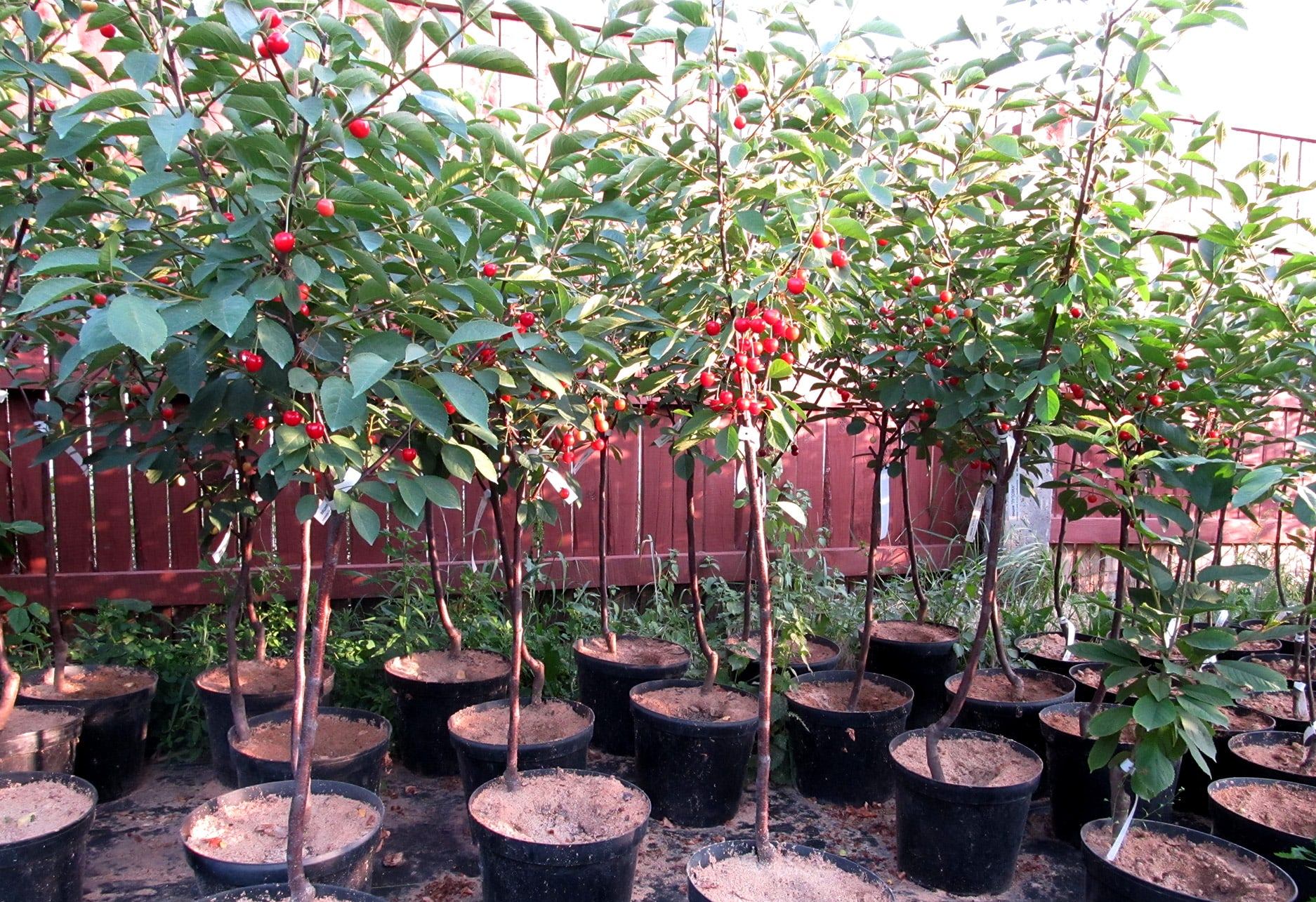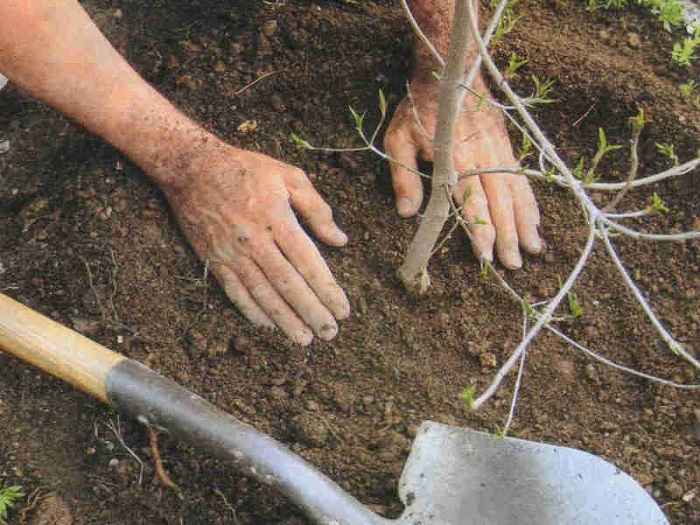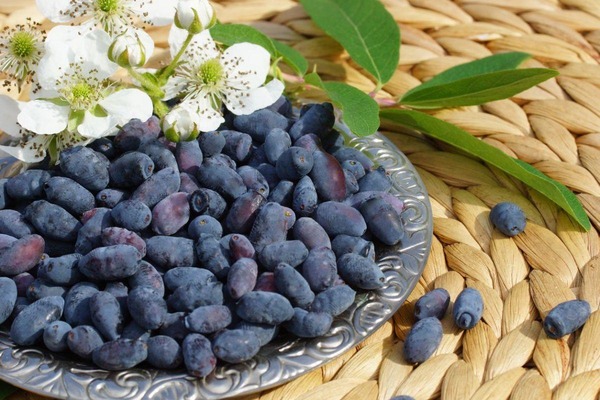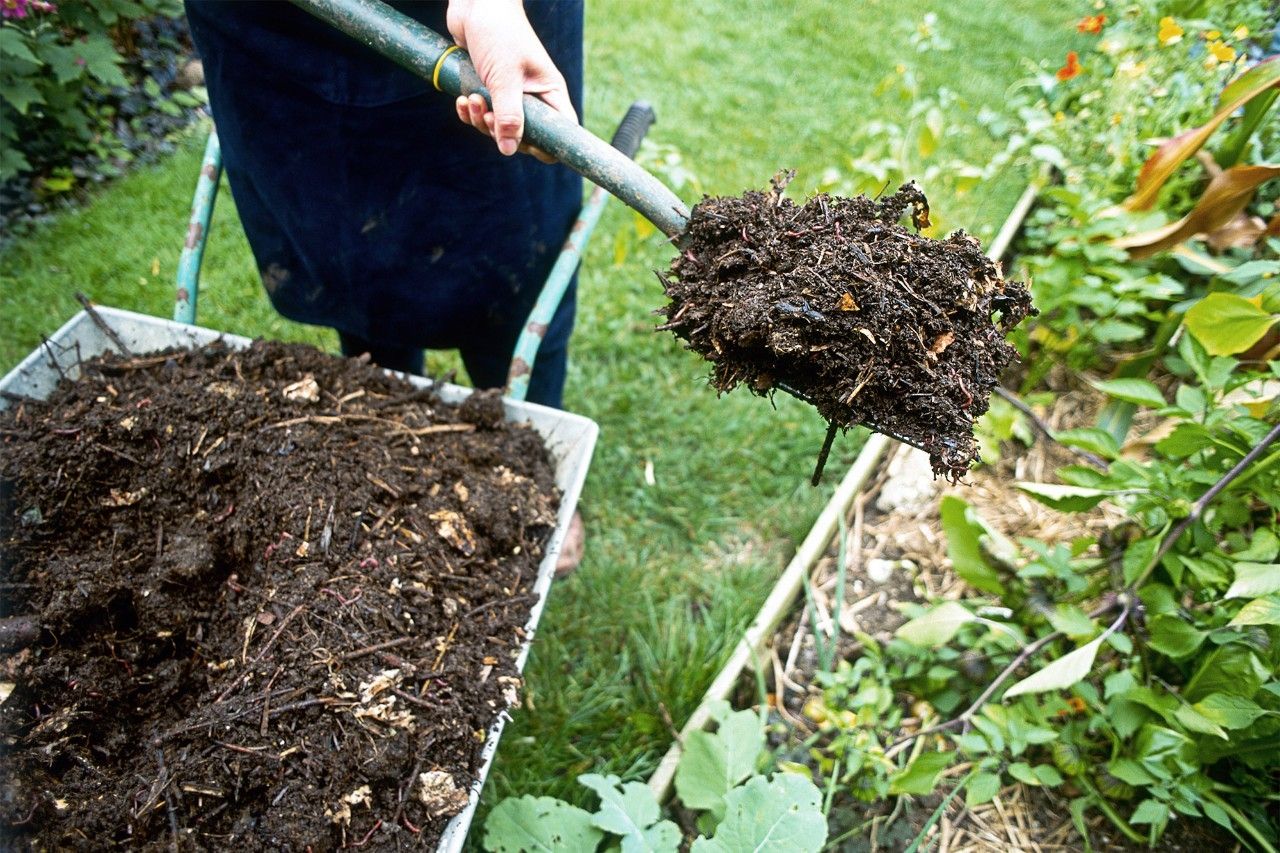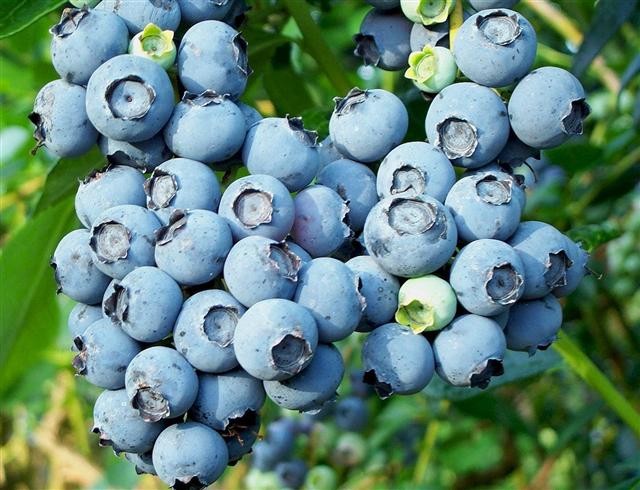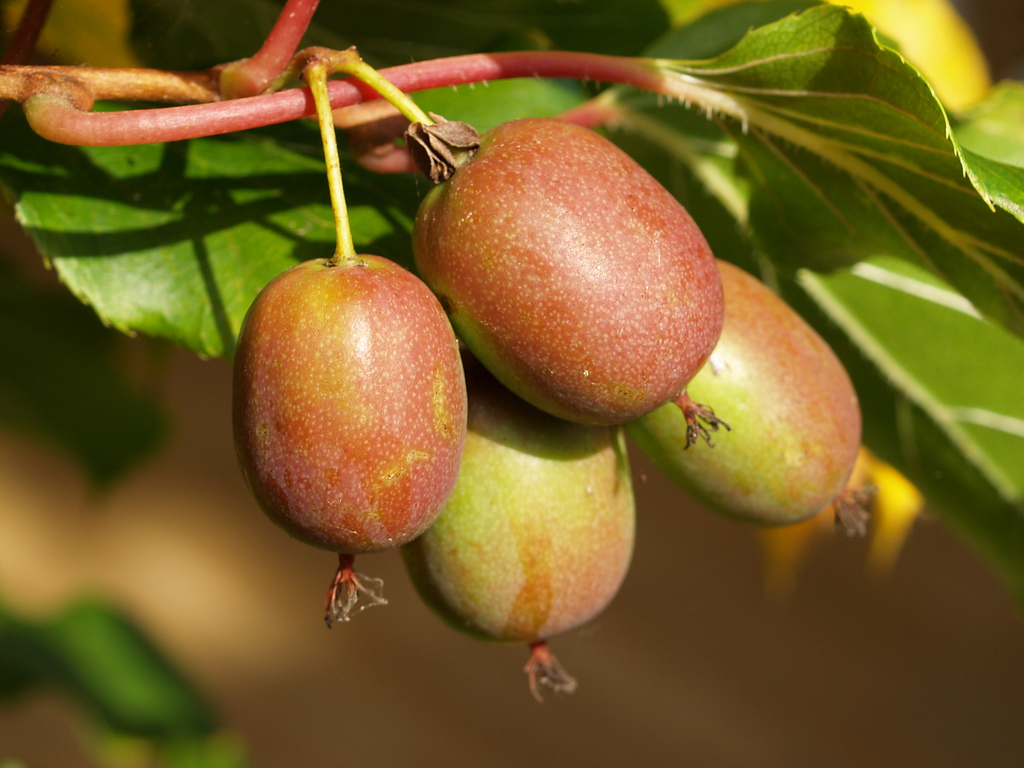Content:
Cherry is one of the most popular stone fruit crops, which can certainly be found in almost every country house. Gardeners especially love this culture for its unpretentiousness, ease of caring for the tree, and especially for the berries, which are in demand at any time of the year (fresh or harvested). By the way, these berries are the most glandular among stone fruits.
But in order for the cherry to bear fruit well and bring as little trouble as possible, you must follow the rules for planting it. Knowing which cherry is best to plant in the Moscow region, you can significantly increase the chances of a good harvest. But first, it's worth understanding the most popular cherry varieties. So, the first and main thing to consider when choosing a variety is the region where it is planned to grow this plant:
- For regions with a harsh, cold climate, Shokoladnitsa or Nezyabkaya will be most suitable.
- In areas where frosts are not so fierce, the most popular varieties are Vladimirskaya or Volochaevka cherries.
- In the Urals, with its sandy soil, the varieties Plamennaya, Enikeev, Mayak and Standard of the Urals are gaining more and more popularity.
Planting and caring for cherries in the Moscow region
Growing and caring for garden cherries in the Moscow region is not too difficult and even a beginner can handle it. Above, we have already discussed the varieties that are best planted in this strip. Now you need to figure out how and when to plant cherries in the Moscow region.
Time, place and neighborhood rules
Since the winters in this region of the country are cold, it is necessary to start planting cherries here only in the spring months, when the danger of frost has already passed. Cherry planting in the spring in the Moscow region should take place before buds bloom on other trees. The beginning or mid-April is optimal.
By that time, the soil should be dry, without snow, and the weather should be without precipitation, strong wind and always sunny. In ancient times, people often used the lunar calendar to determine the exact dates. In principle, it has not been scientifically proven whether this affects the crop, but if you wish, you can use the experience of ancestors and find the optimal dates for possible planting on the Internet.
How to properly plant cherries in the spring in the suburbs? The first thing to do is to find a suitable place for this. Cherry is a thermophilic tree. It is necessary that the site is well lit, but there are no drafts.
Our great-grandfathers often planted cherries by the fence. This saved from the wind, and in winter, thanks to the swept snow, the roots remained under reliable protection and did not freeze.
The soil should be treated before planting:
- To begin with, the earth is carefully dug up and the remnants of the roots of extraneous plants are removed.
- After digging, the soil is fertilized. Organic additives (such as manure) or potash fertilizers are most suitable for this purpose.
Be sure to remember about groundwater: they must lie at least 2 meters deep.Otherwise, when the cherry root system grows sufficiently, the tree will simply rot from excessive moisture.
You should also remember about the distance. The cherry tree needs enough space, otherwise it will stretch upward and the berries will grow at the very top, leaving the lower branches with little or no crop.
Planting a seedling
Step-by-step instructions on how to plant cherries correctly:
- For work you need a shovel, stake and twine. The stake is driven into the ground, and then a circle is drawn around it, indicating the future pit. The diameter of the circle should be 80 - 100 centimeters. When digging a hole, the top layer is placed on one side, and fertile soil on the other. The depth of the pit is 60 centimeters. When the pit is ready, the very top layer dug out first is poured onto its bottom with a small mound. And already a tree is carefully installed on it, not forgetting to carefully straighten the roots.
- Further, the fertile soil is poured back into the pit, evenly distributing it over the entire space and tamping it well.
- After filling the hole, a stake is driven in next to it, to which the trunk of a tree is tied.
- If you plan to plant several cherries, you need to dig an appropriate number of holes with a distance of at least three meters between them.
It is advisable to pay attention to the following points:
- The pit should be prepared in advance as this affects the growth rate. The root collar may become deeper, as a result of which the cherry will grow more slowly.
- It is imperative to control the amount of fertilizer applied, strictly observing the norms. If there are too many of them, they will oppress the root system.
- Seedlings should not be more than 2 years old. Otherwise, the adaptation of the plant may be delayed, and the cherry's immunity will decrease.
- Be sure to observe the planting dates so that the tree does not die.
- Plant two or three trees of different varieties at the same time. This improves pollination.
It is better to buy seedlings in advance. Experienced gardeners recommend doing this in the fall. To preserve them in the winter, you will need to dig in. To do this, they dig a trench no more than 50 centimeters deep. On the south side, the wall is made at a slight slope and the seedlings are laid there so that the crown looks south. Then I fall asleep and water the trench. In this form, future planting material is stored until spring.
A seedling must be carefully examined before buying. Tree cherry seedlings must be at least one meter in height; the trunk is about two centimeters thick. For felt and other bush species, the values will be slightly less. There should be no obvious signs of damage or disease on the trunk.
Cherry care
Planting and caring for garden cherries in the Moscow region are inextricably linked. It is not a wild plant that can be planted and forgotten, relying on serious harvests. Taking care of young cherries is not difficult at all. You don't need to have any special skills. It is enough just to know a few basic principles that will help a young seedling grow into a large and beautiful tree with sweet berries.
Basic information about watering:
- In the first summer, frequent and plentiful watering will be necessary so that the root system constantly remains in moist soil and takes root better.
- In the future, abundant and frequent watering can be abandoned, resorting to them only during periods of special drought. But in no case should the tree be flooded uncontrollably. The soil should be moistened by about 40 - 45 centimeters.
As for feeding, it is carried out twice: immediately after the end of flowering, and then after another two weeks. Fertilize best with mineral fertilizers. In the fall, you can lightly pamper the tree with compost or manure.
It is also necessary to prune the crown as the cherry grows, otherwise it will be too large, which will directly affect the harvest - it will be scarce, and it will be difficult to harvest it. Trim the cherries in the spring, before the buds swell. Following these simple rules, after 2 - 3 years from the moment of planting, you can grow a good tree and feast on the berries collected in your own cherry orchard.
Let us examine further what possible troubles cherry lovers may face.
Diseases and pests
Moscow region is one of the best regions for cherries. Since it is in this region that the best quality varieties of it feel well, and the climate and proper care allow you to easily achieve record harvests. Of course, you cannot do without difficulties. The main and, perhaps, the biggest nuisance can be pests. But don't be scared - any of them have their own remedy.
To destroy possible fungal pathogens, cherries and their near-stem soil are sprayed with 5 - 6% urea solution. It is this remedy that shows the greatest efficiency in the fight against coccomycosis and moniliosis. These two diseases are the most damaging to the tree, and, unfortunately, are common.
- Signs of coccomycosis are the appearance of gray spots on the leaves and their further dropping.
- Moniliosis is characterized by a sharp drying out of leaves and flowers, since it manifests itself precisely during the flowering period.
Before processing, all diseased, dried or broken branches, as well as fallen leaves, should be removed. If cracks are found on the bark, they must be sealed before spraying. Fungicides and antimicrobial agents can also be used instead of urea. You can take "Skor" or "Nitrafen", or Bordeaux liquid and others.
Among insects, cherry weevils, aphids or sawflies can infect a cherry. And although the parasites are different in the degree of danger, you can easily cope with all of them by noticing the problem in time. There are also a number of special drugs on the market against them.

